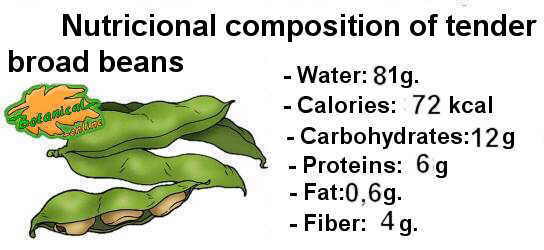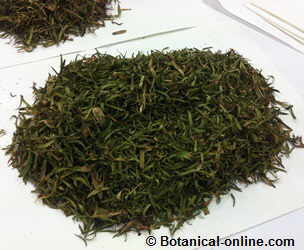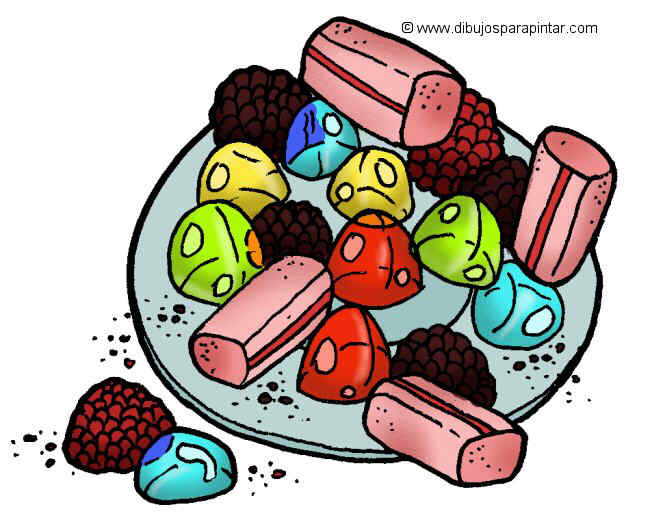Contents
What is vitamin A?
Characteristics of vitamin A

Vitamin A belongs to the fat-soluble vitamins, so the body stores it in the liver. Appears in the retina of the eye in some components called retinoids.
It was the first vitamin that humanity indeed recognized as the Egyptians fed themselves with liver or rubbed with it the eyes of patients with poor vision, knowing liver is very rich in Vitamin A.
Vitamin A is very necessary as it has been made clear in children from poor countries to which the administration of supplements containing it has managed to eliminate some of the common diseases because of its deficiency. Nowadays lower rates of mortality can be observed because of these supplements.
Vitamin A plays an important part in many body functions. It is mainly necessary for body tissue repair, to maintain the skin and mucous membranes in good health and to build and take care of bones, hair, nails and teeth. Our eyes need it for a correct vision. Vitamin A enhances immune system, preventing many microbial diseases.
This vitamin, together with vitamin C or Vitamin A, is considered a very good antioxidant, able to neutralize the negative effects of free radicals. (More information about this aspect on Antioxidant properties of vitamin C).
It also plays an important part in the formation of blood cells and gene transcription, so it takes care of the general state of our blood and body cells.
Symptoms of vitamin A deficiency
The main symptoms of vitamin A deficiency are:
- Growing delay
- Brittle nails, slowly growing nails,
- Defective teeth
- Dry hair, brittle hair, slow growing hair.
- Dry skin, rough skin, skin eruptions, scaly skin, wrinkles,
- Nocturnal blindness, lack of vision, dry eyes, lack of tearing, red eyes.
- Inappetence, loss of smell, usual fatigue.
- Usual infections
- Sterility
Where can I find vitamin A? Natural sources of vitamin A
- Animal sources of vitamin A: Animal foods have the highest proportion, in the liver, egg yolk, in fish, especially oily fish, and butter.
- Plant sources of vitamin A: When this vitamin was discovered, it was thought that only could be obtained from animals, especially liver and egg. Later it was discovered that could be obtained through some plant components: carotenes, especially beta-carotene. Any carotene is a flavonoid from the group of carotenoids. It is a plant pigment which, when ingested, is transformed into the liver and small intestine into vitamin A.
Carotenes are found in many plant foods, especially dark green, orange, red or yellow plant foods; such as those of the following list: carrots, purslane, Swiss chard, spinach, watercress, borage, basil, squash, tomatoes, coriander, asparagus, dandelion, peppers, watermelons, melons, sprouts, bananas, apples, plums, oranges, raspberries, currants, mangoes, beans, etc.
- Supplements of vitamin A: It usually is taken as carotenoids. There is also vitamin A as cod liver oil or combinations of vitamin A and carotenoids. It can be taken in capsules, tablets or liquid.
The most interesting way of taking vitamin A is eating plant foods containing beta-carotenes. It is an appropriate way to benefit from the properties of this vitamin, without the danger of poisoning that can occurs when taken through supplements.
![]() More information about vitamin A.
More information about vitamin A.








